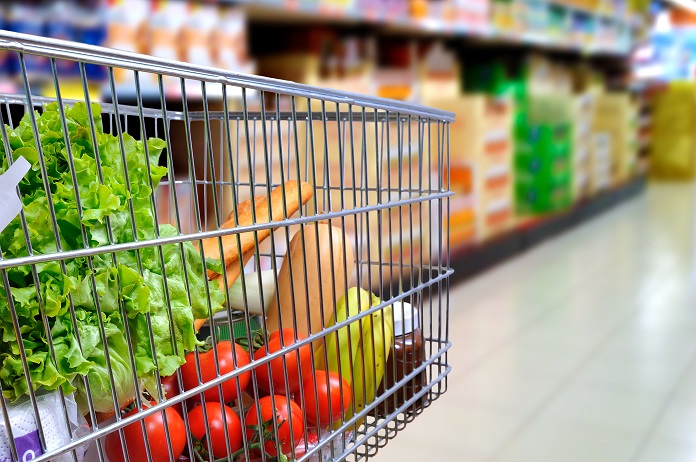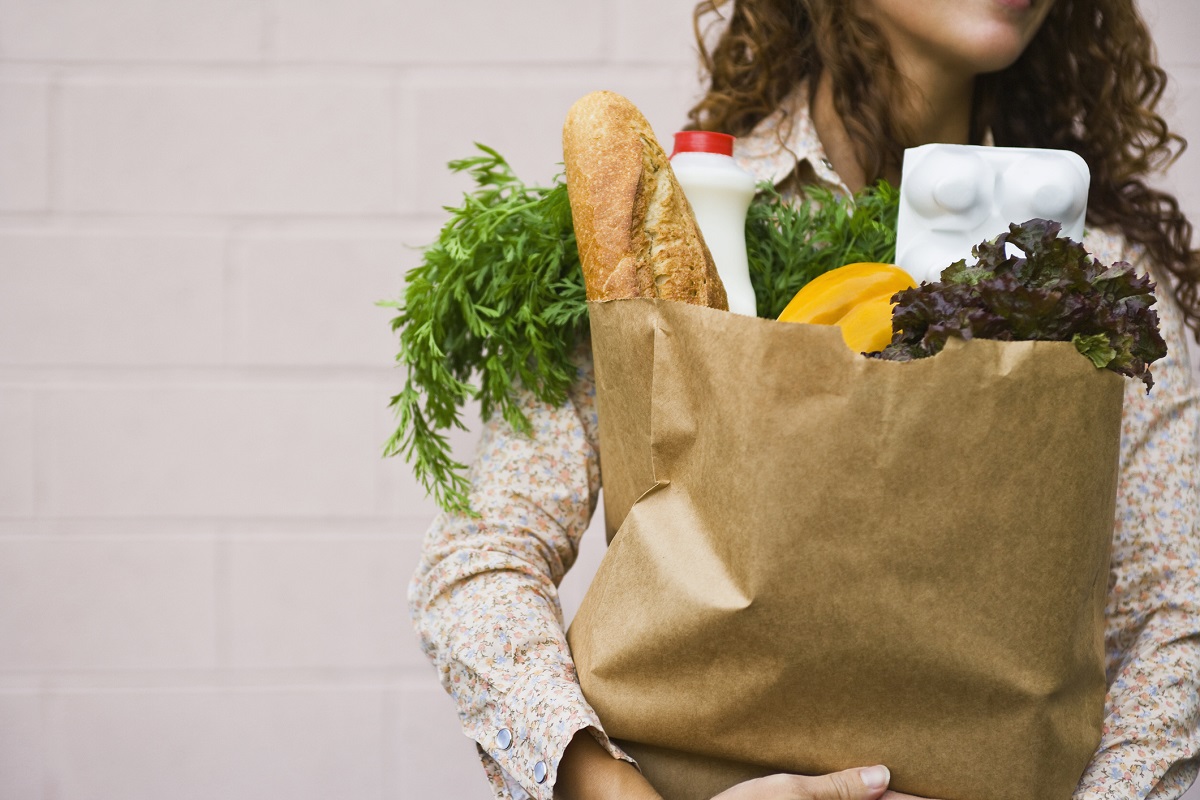When it comes to visiting supermarkets, we’re voting with our wallets as well as our feet, according to new research by consumer association Which? In its annual customer satisfaction survey, budget-friendly chains Aldi and Lidl were rated best for value, both receiving five stars and beating the likes of Waitrose, Tesco, Sainsbury’s and Asda.
Whichever supermarket is your favourite, there are some simple habits you can pick up when heading out shopping, to help keep more of your money in your wallet when you get to the tills.
How to save money on food shopping
Here are 10 top tips for savvier supermarket shopping…
1. Don’t always assume a ‘special offer’ is a great deal

Some 43% of Which? members in a previous survey said supermarket special offers encourage them to buy more items. And previous research from Which? across several supermarkets has found that some ‘special offer’ periods can actually last for nearly a whole year – making them arguably the normal price.
If you’re going for something just because it says it’s on special offer, consider whether you might be better off just going with a cheaper alternative. Don’t buy it just because you feel a sense of urgency to snap up what looks like a special deal.
And while BOGOF (buy one get one free) offers may look like a good deal, do you actually need more than one item, and will you use it?
2. Stay focused
Supermarket layouts lure us past tempting items en route to the ones we intend to buy. Items placed on shelves in our eye-line, bright, eye-catching special offer signs and tempting treats near the tills may all encourage us to spend more.
You may walk into the supermarket to buy something specific, but once you’re there, it’s so easy to get distracted by attractive displays or signs. One trick used is to place a sign in the middle of an aisle, because our eyes naturally scan from left to right, and breaking up that pattern encourages us to stop and read the offer.
Other tactics used by stores to encourage us to spend more may be to create an ambience, with smells of freshly-baked bread or floral bouquets. Or they may create a sense of urgency to grab a bargain, with stacked up boxes of beer or other special deals. Take a deep breath, and remind yourself what you went in for.
3. Avoid multi-buys which aren’t as good as they appear
The consumer group’s research has found that special multi-buy offers can look better than they really are. In some cases, the price of buying items individually can be ramped up by supermarkets just before the multi-buy deal kicks in, making the saving made from buying multiple items appear bigger.
4. Disregard dubious discounts
If a price is listed as ‘was x, now y’, you might expect the ‘x’ price to be the most recent – but this isn’t always the case, as research has found.
5. Put your blinkers on

The essentials are often stocked at the back of the store, meaning you may have to walk past many tempting treats to get to what you need. Heading straight for what you want might be simple enough if it’s your regular supermarket, but it can be more difficult if it’s a store you’re less familiar with.
While items can be switched around, if you’re a bit lost in the aisles, you could bear in mind that in many stores, generally bread and dairy products are often at the back, fruit and veg are at the front, and frozen items are further off at the side.
6. Consider supermarket own-brand alternatives
The most expensive item doesn’t necessarily make it the best. Try swapping some of your regular brands for cheaper supermarket alternatives and see if you can taste the difference. Maybe you’ll miss your old favourites – or perhaps the saving you’re making will taste even sweeter.
Own-brand products can be a very tasty way of saving money. Several own-branded products have gained prestigious Which? ‘best buy’ status across the supermarkets – these have included M&S The Collection Mince Pies, Lidl Christmas pudding and Waitrose Blanc de Noirs Brut NV Champagne.
MoneySavingExpert.com has a tool shoppers can use to estimate how much they could save by ‘downshifting’ items.
7. Be organised
It’s easy when you’re whizzing around busy aisles to shove the nearest goods into your trolley, pushing up your bill and forgetting vital items you really need. An old-fashioned list, on paper or stored on your mobile phone, could help you stick to what you need.
8. Try online shopping

Although you may have to factor in delivery charges, doing your supermarket shop online, from the calm of your home, may encourage you to stick to a budget, rather than make snap purchasing decisions when you’re out and about.
Shopping this way could help ensure you get everything you need. And if you change your mind about some items, you can remove them from your virtual basket with a simple click.
For those trying to stick to a specific spend, being able to easily pop items in and out of their virtual basket could be particularly helpful. You may also be able to shave money off your online supermarket bill through cashback websites.
9. Don’t be a supermarket snob
Even if you have a favourite supermarket, try shopping elsewhere to see if you can make savings.
Comparison websites also help by collecting prices from the main UK supermarkets, so consumers can quickly spot who’s offering a good deal.
Also, remember to make the most of any coupons and loyalty points on offer. Many supermarkets now have apps with extra offers or points available, so don’t forget to scan them before you pay.
10. Don’t throw away your money

If you often end up throwing food in the bin, you might as well be chucking your hard-earned cash in there.
According to research from Sainsbury’s, £36.47 worth of food is wasted typically after a large barbecue, with salad, burger rolls, hot dog buns, coleslaw and potato salad the most likely items to be thrown out.
More than a quarter (26.6%) of people admit throwing away uneaten salad if it’s been left uncovered outside, even for a short time. 22% say fussy eaters account for some of their leftovers.
You may also be interested in…
































































